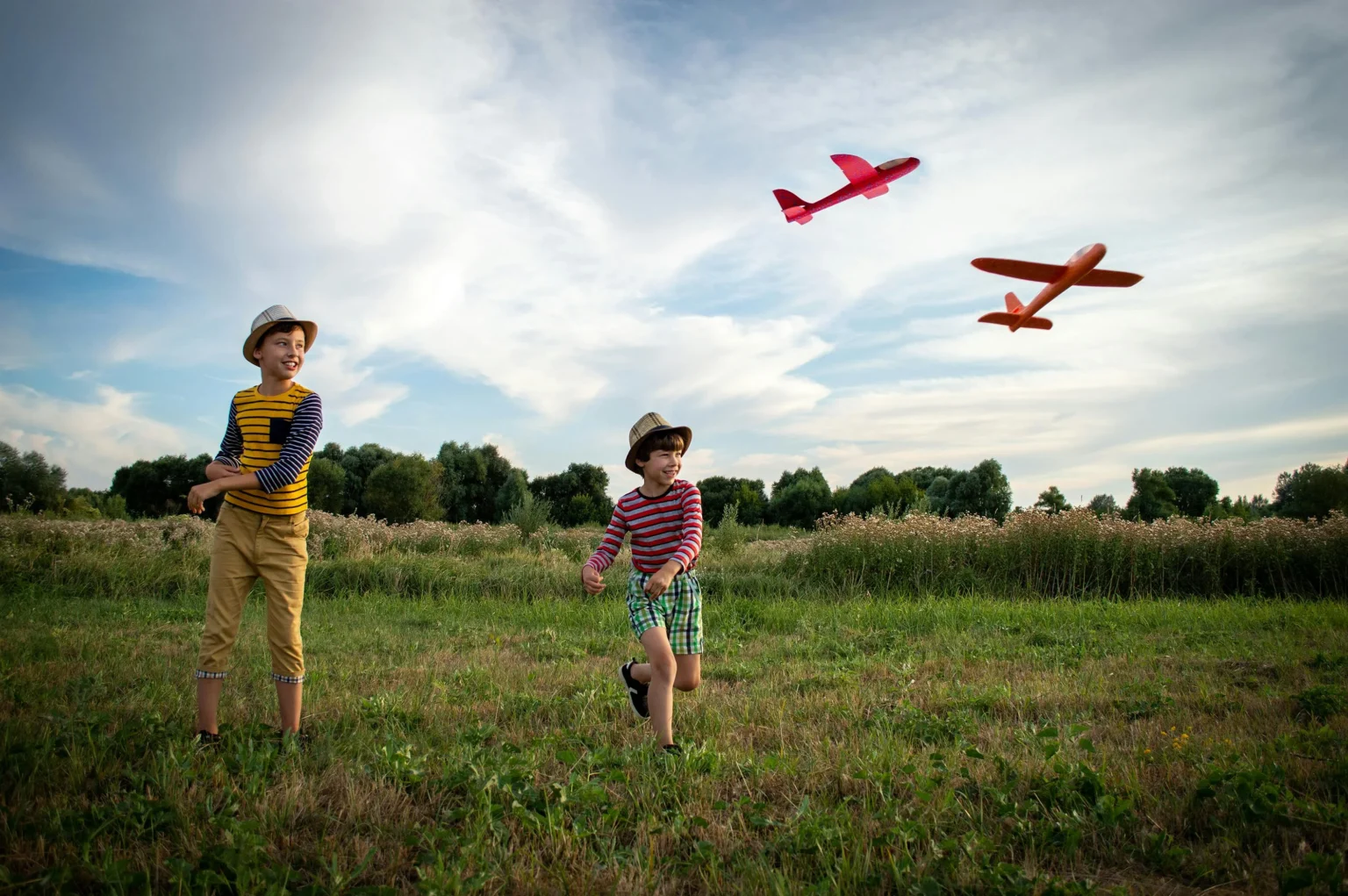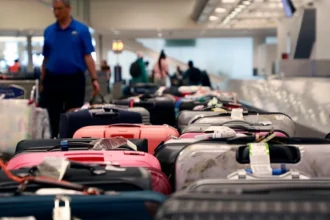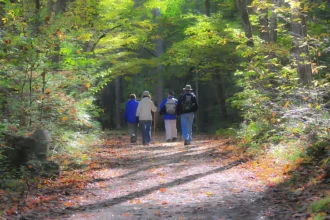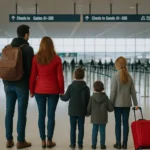Traveling with children can be one of the most challenging aspects of family life. Airports, with their endless waiting times, crowded terminals, and unfamiliar routines, can easily overwhelm both kids and parents. Recognizing this, airports around the world have been stepping up to create kids’ lounges — specialized spaces designed to turn travel stress into a joyful adventure.
What Are Kids’ Lounges and Why Do They Matter?
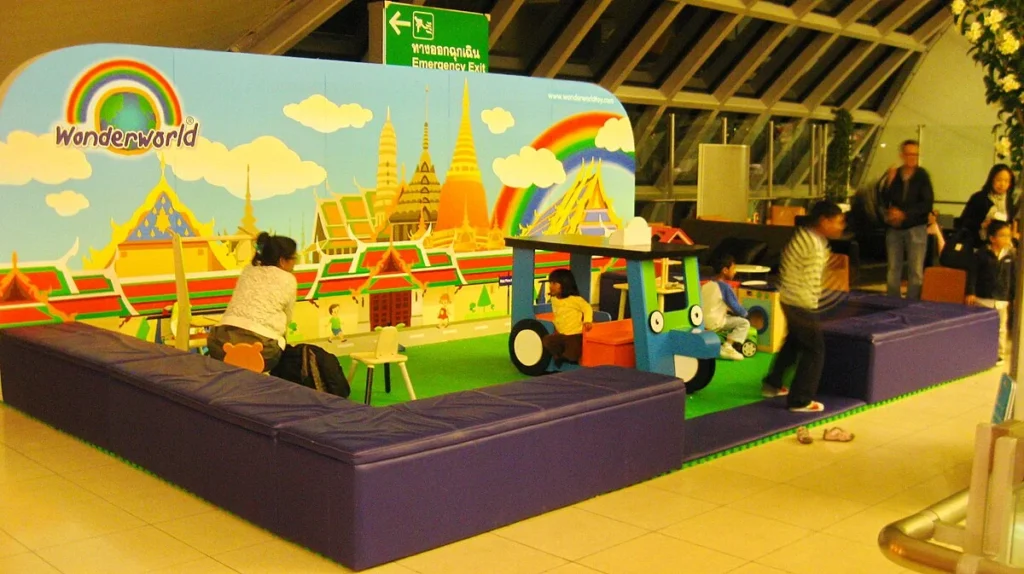
Kids’ lounges aren’t just areas with a few scattered toys. These are thoughtfully designed spaces that combine play, learning, comfort, and safety. From themed play zones and sensory rooms to nap pods and interactive educational walls, they cater to children of different ages and needs.
These lounges serve a dual purpose:
- Entertainment and engagement for children during long layovers or delays.
- Peace of mind for parents, knowing their children are in a safe, stimulating environment.
In a world where airports are becoming hubs of experience rather than just transit points, kids’ lounges symbolize how travel infrastructure is adapting to modern family needs.
Features That Set Kids’ Lounges Apart
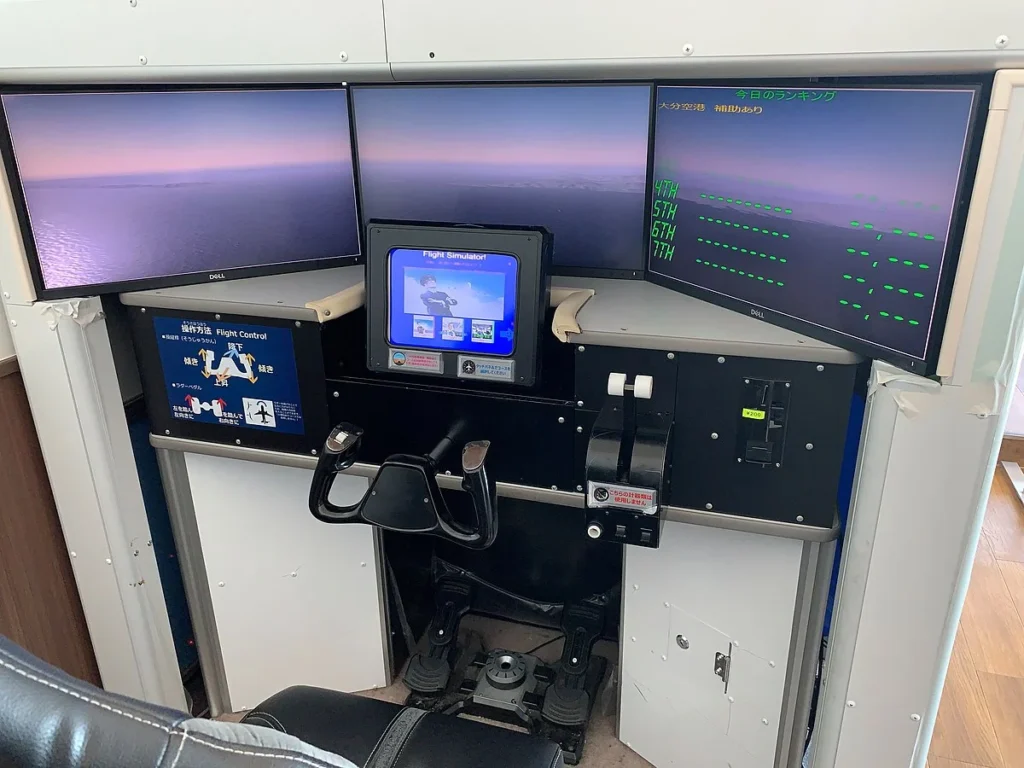
Here’s what makes these spaces unique:
- Interactive Play Zones: JFK Airport’s JetBlue Kid Zone offers cockpit simulators where kids can pretend to be pilots. Birmingham Airport’s Sky Zone features augmented reality games and an app called “Sky Cadets” that blends travel with educational fun.
- Sensory and Calming Rooms: Airports like Bengaluru’s BLR Airport and San Francisco International have pioneered sensory rooms. These are quiet spaces with soft lighting, gentle sounds, and tactile features designed for neurodivergent kids or those overwhelmed by travel chaos.
- Themed Spaces: Some lounges create mini-worlds for kids. Doha’s Hamad International Airport includes themed soft-play castles, and Dubai Airport features aviation-themed play structures.
- Nap and Quiet Areas: At airports like Helsinki and Minneapolis, nap pods or quiet corners provide a cozy spot for children to rest before or between flights.
- Educational Walls and Games: Qantas’ lounge in Sydney incorporates digital wildlife and geography walls that kids can interact with through touch screens.
Airports With Best Kids’ Lounges
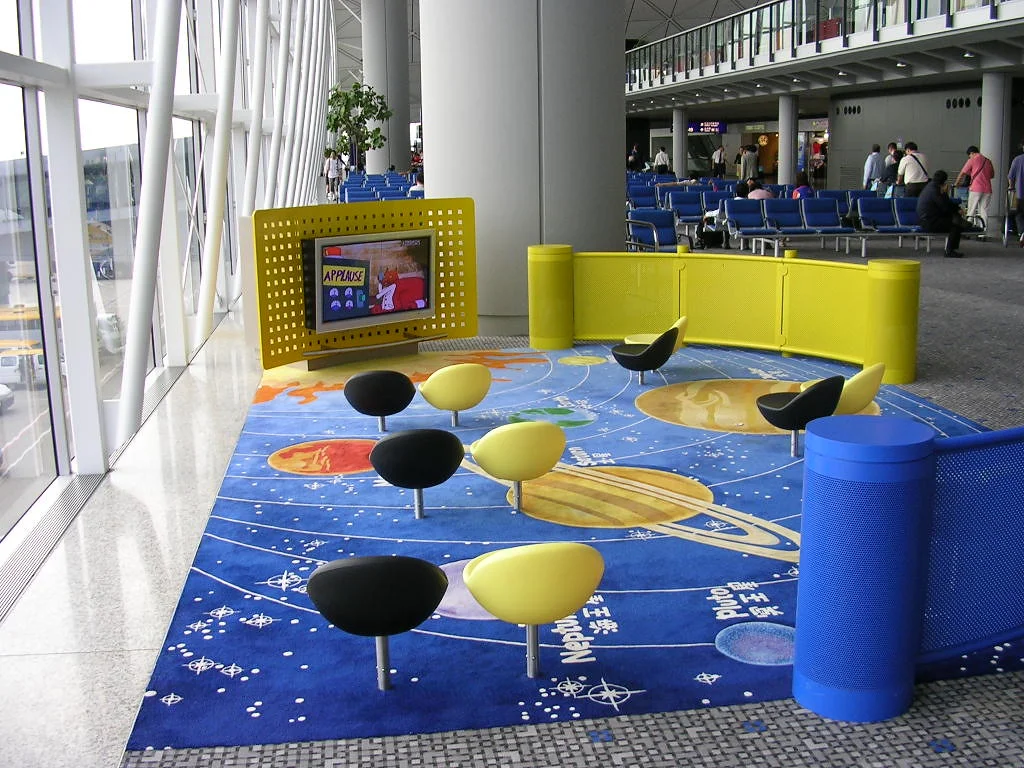
JFK (NYC): Interactive play zones and themed areas make waiting fun.
Birmingham (UK): AR experiences and educational travel games.
BLR (India): India’s first sensory room dedicated to neurodivergent passengers.
SFO (USA): Sensory room simulates cabin environment to prepare children for flight.
Doha & Dubai: Large, aviation-themed playgrounds and family lounges with multiple amenities.
Benefits for Families
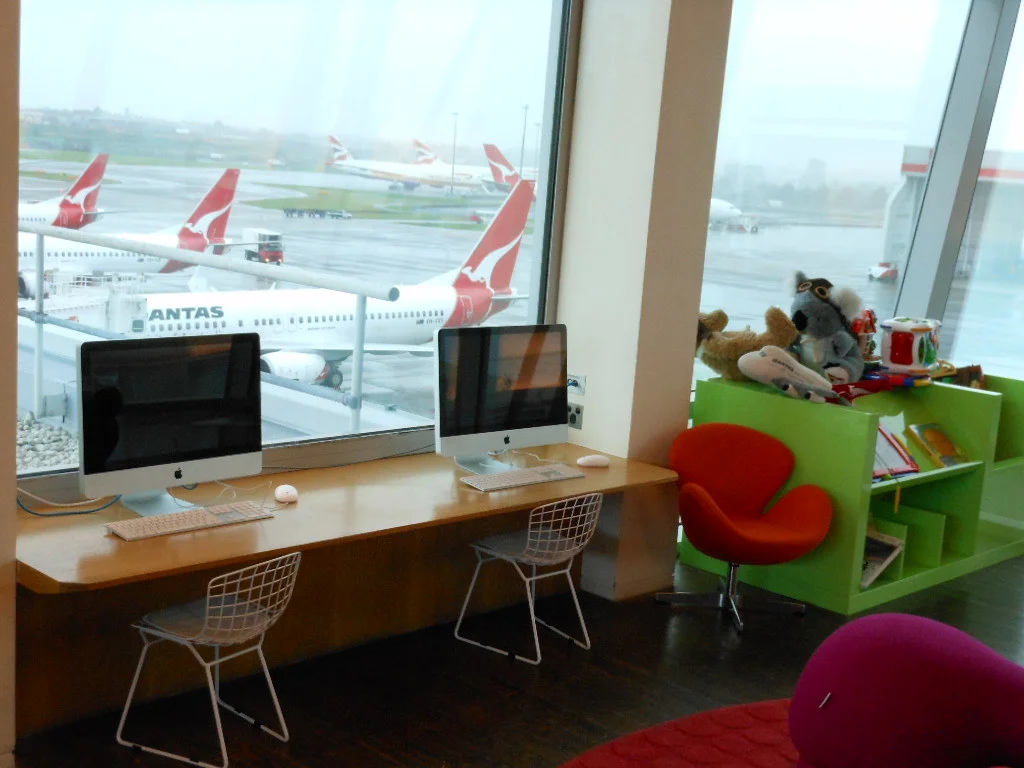
Reduces Anxiety: A calm, playful environment helps children feel secure and engaged.
Promotes Better Sleep on Board: Active play helps burn off excess energy so kids are more relaxed during the flight.
Improves Family Experience: Parents can unwind knowing their children are entertained and safe.
Encourages Inclusive Travel: Sensory rooms ensure that all children, including those with special needs, have access to comfortable travel spaces.
Innovations Shaping the Future of Kids’ Lounges
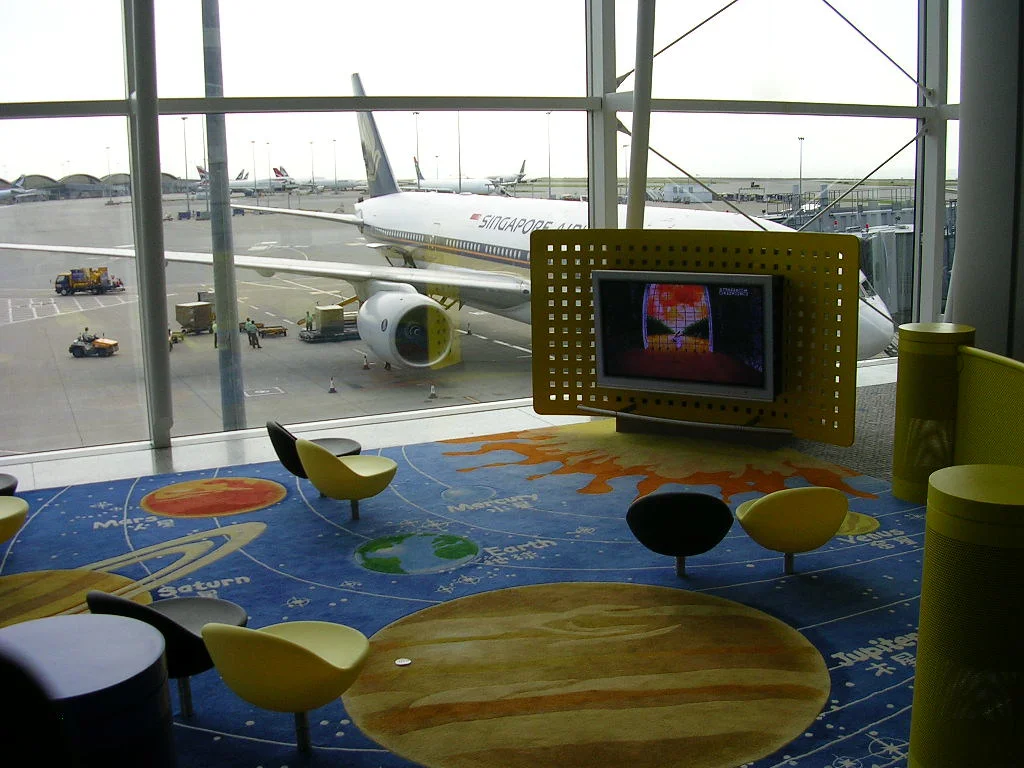
The next generation of kids’ lounges is set to be smarter and more immersive:
- VR Adventures: Expect virtual travel experiences where kids can “visit” destinations or explore outer space — inspired by VR zones in places like Changi Airport.
- Biometric Access and Smart Apps: Some airports are testing apps that sync lounge entry with boarding passes and allow parents to pre-book lounge time, order snacks, or track flight updates in real time.
- Edutainment Corners: The future may see more mini science labs, mini airports, or role-play stations where kids learn while they play.
- Eco-Friendly Design: Lounges are increasingly using sustainable materials, natural lighting, and air-purifying plants to create healthier spaces.
Lesser-Known Facts
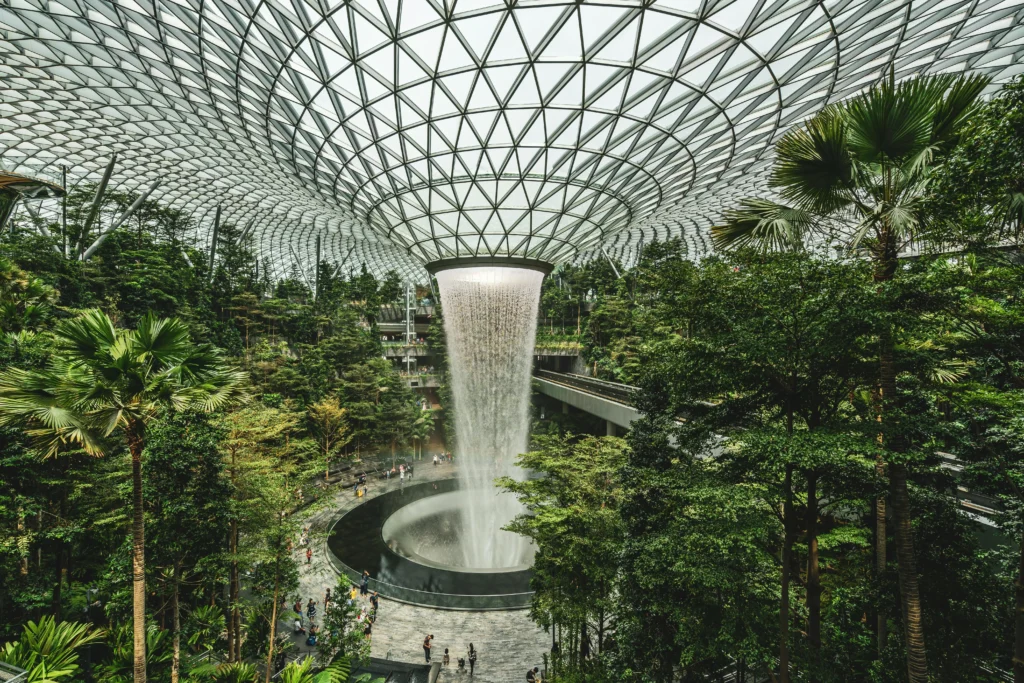
Some airports integrate kids’ gardens where children can engage with nature, like Changi’s butterfly garden.
Art stations at certain European airports let kids create travel-themed crafts while waiting.
Family-only security lanes are being trialed at select airports, streamlining access to kids’ lounges and boarding gates.
Access and Practical Info
Kids’ lounges are typically located near family restrooms, nursing rooms, and priority boarding gates. Entry is often free, but premium lounges at hubs like Doha, Dubai, and Singapore may offer enhanced kids’ areas as part of business or first-class services — or via paid access.
Many airports are exploring partnerships with airlines, tourism boards, and toy brands to upgrade their lounges further, turning what was once a simple playroom into a signature airport experience.
Final Thoughts
Airport Kids’ lounges are transforming family travel, offering not just convenience, but meaningful experiences that set the tone for the journey ahead.
As more airports join the trend, these spaces will become as essential as check-in counters — a reminder that in the world of travel, happy little passengers make for a smoother ride for everyone.

